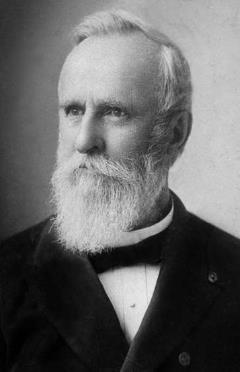The Waite Court (1874–88)Introduction |
Which members of the Waite Court served on the commission that ultimately selected the winner of the 1876 presidential election? |
Justices Nathan Clifford, Stephen Field, Samuel Miller, William Strong, and Joseph Bradley served on the electoral commission that decided the outcome of the 1876 presidential election.
The 1876 presidential election between the Democratic candidate, New York governor Samuel Tilden, and his Republican opponent, Ohio governor Rutherford B. Hayes, was probably the messiest in U.S. history, when disputes rose over which candidate had more electoral votes. Congress put together a 15-member commission made up of five Republican congressmen, five Democratic congressman, and five U.S. Supreme Court justices. The first four justices would consist of two Republicans and two Democrats and those four justices would selected the fifth justice.
Congress chose Democratic justices Clifford and Field and Republicans Miller and Strong. Many believed that Justice David Davis, a Republican who may have favored Tilden, would be the decisive fifth justice. However, Davis resigned to become a member of the U.S. Senate. Justice Joseph Bradley, a staunch Republican, was selected as the fifth justice on the electoral commission. Predictably, all members voted along party lines and the commission selected Hayes as the winner by a narrow 8–7 vote.

